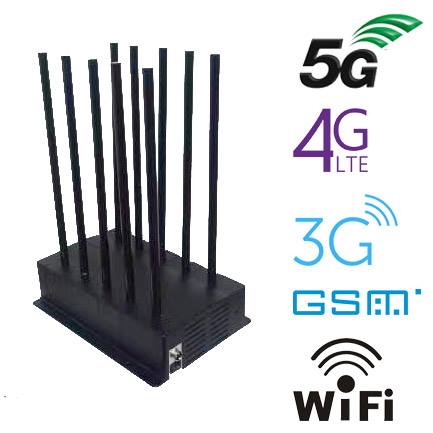Some simpler devices can only block one set of frequencies, while advanced cell phone jammer can block multiple types of networks at the same time, cutting off the signal of dual-mode or triple-mode mobile phones, making it impossible to switch between different networks and find open signals. Some high-end jammers can block all frequencies at the same time, while others can be set to block specific frequencies.

To interfere with cell phone signals, all you need is a device that can broadcast on the correct frequency. Although different cellular systems process signals in different ways, the radio signals used by mobile phone networks can be blocked. The GSM network used in digital cellular and PCS systems operates in 900MHz and 1800MHz in Europe and Asia, and 1900MHz (sometimes 1.9GHz) in the United States. The jammer can broadcast on any frequency and is effective for AMPS, CDMA, TDMA, GSM, PCS, DCS, iDEN and Nextel systems. Old-fashioned analog phones are as sensitive to interference as today's digital phones.
The actual range of the jammer is related to its power and local environment (for example, hillsides, walls, etc. that can block the interference signal). Low-power jammers can block telephone calls within approximately 9 meters. High-power equipment can turn the size of a football field into a no-signal zone, while equipment used by law enforcement agencies can cut off services within 1.6 kilometers.





